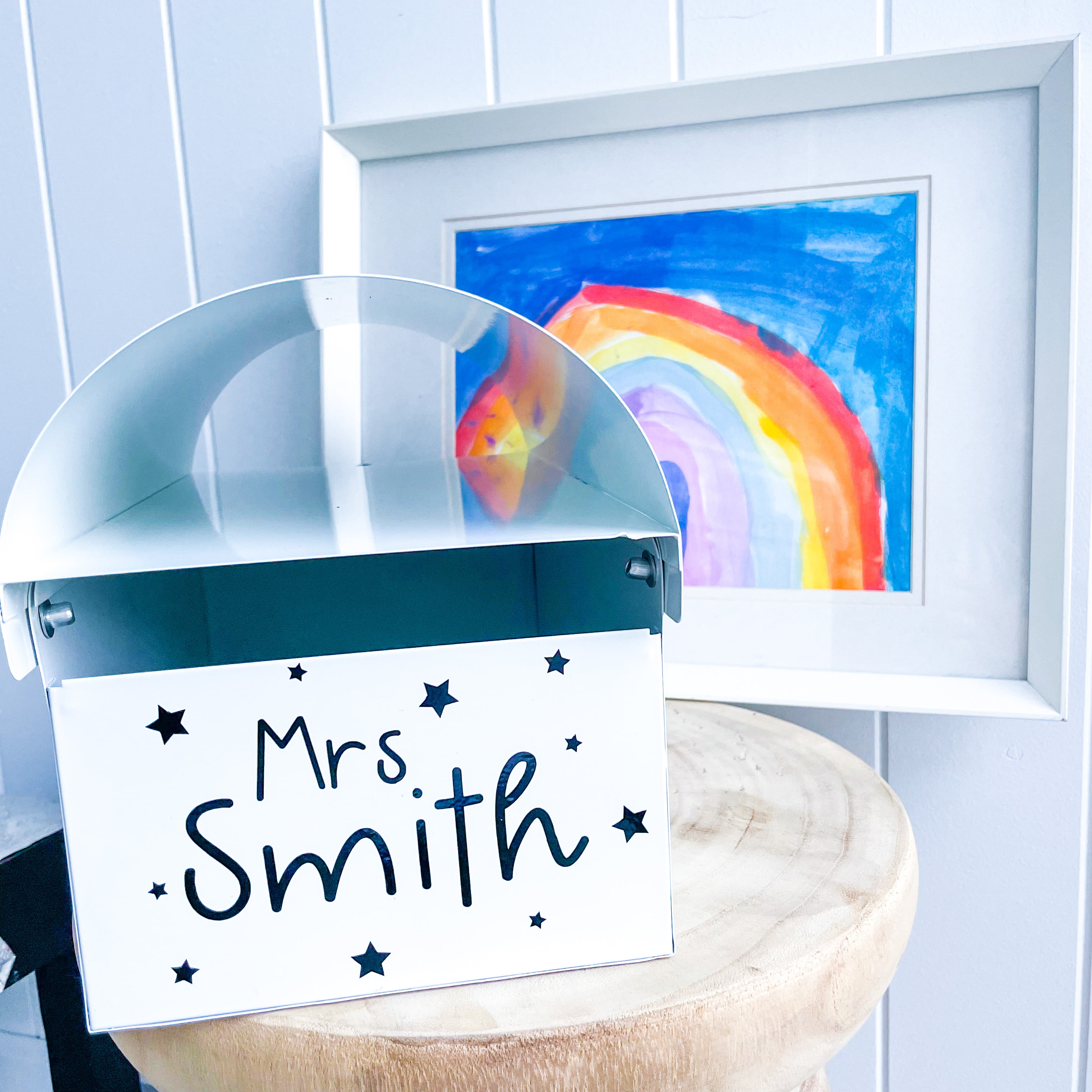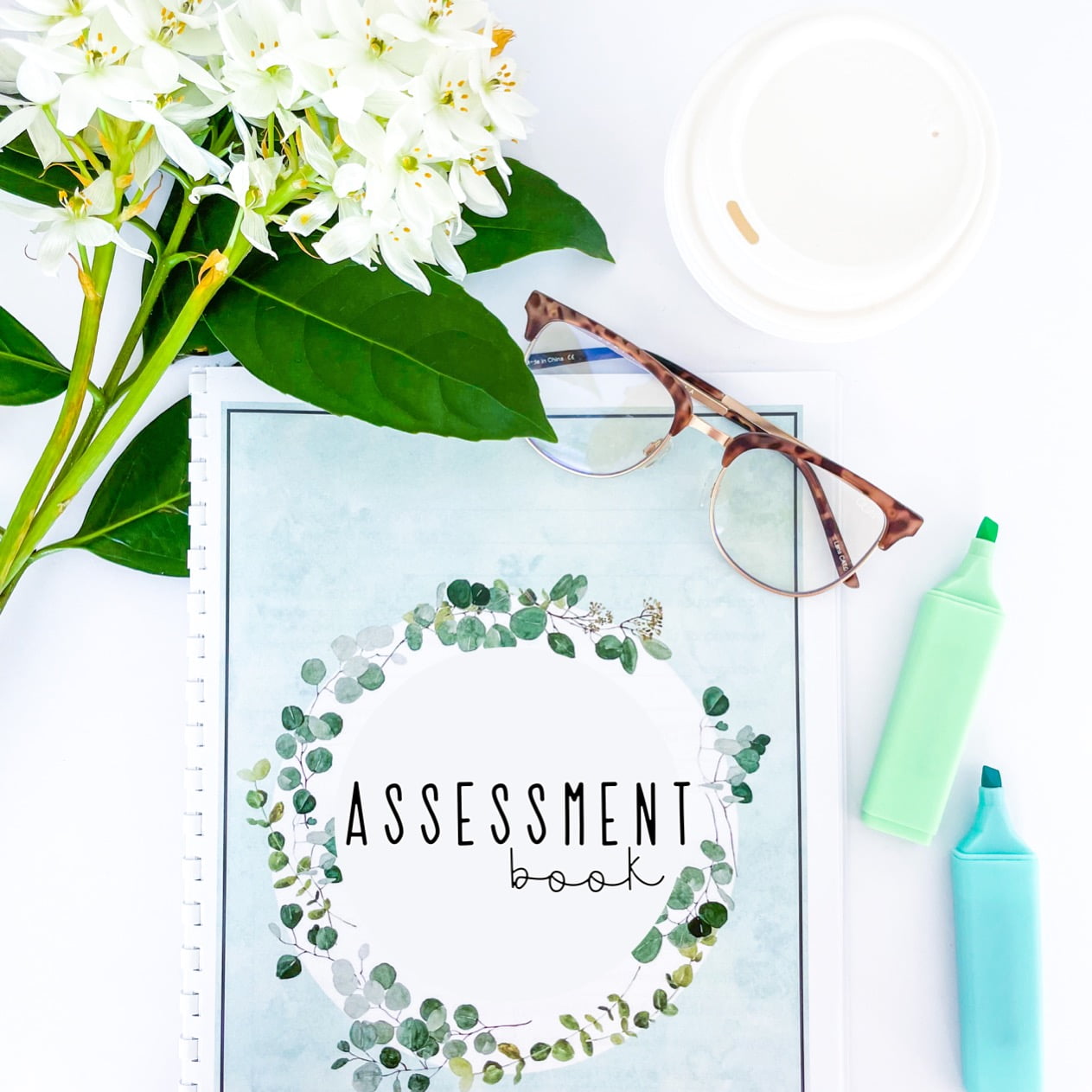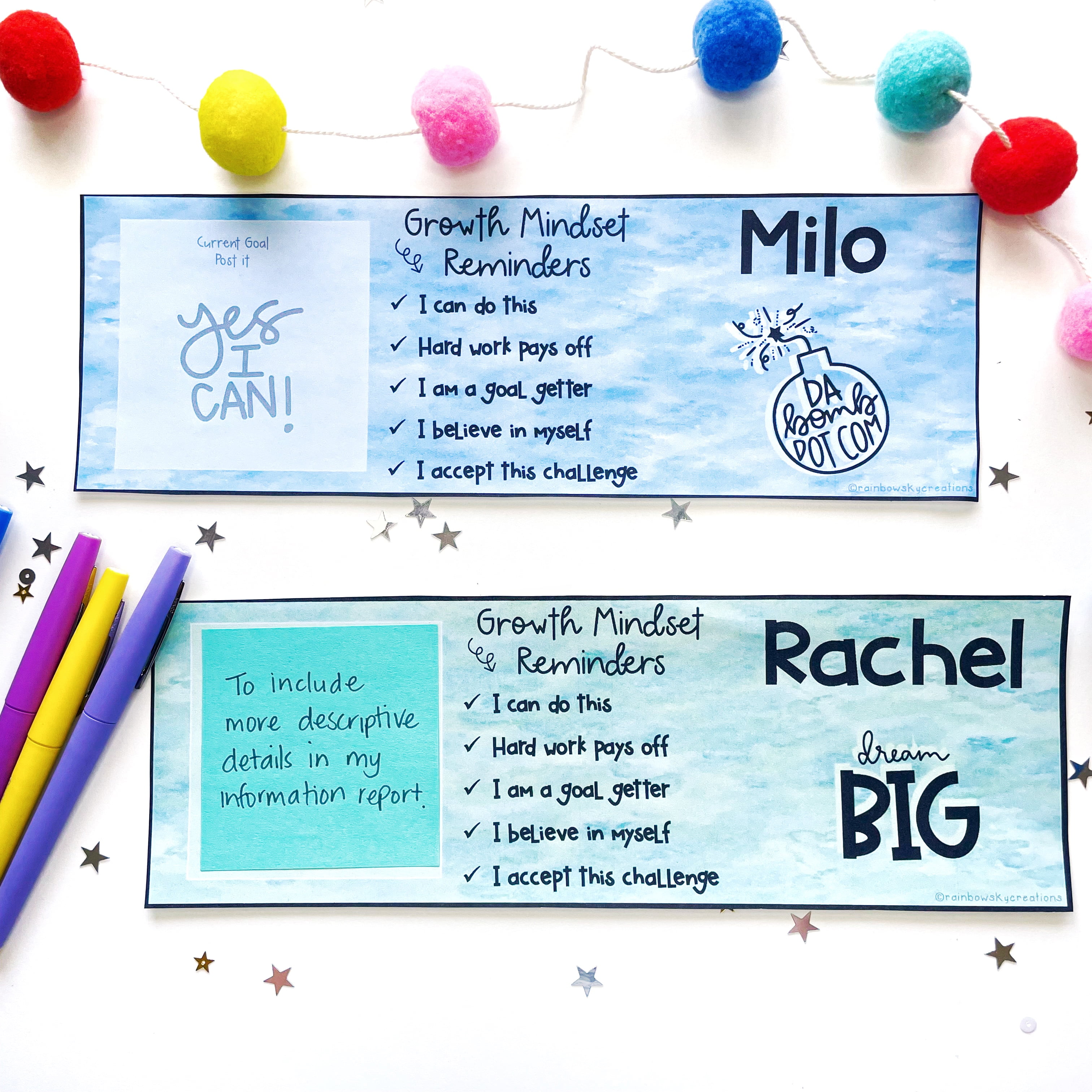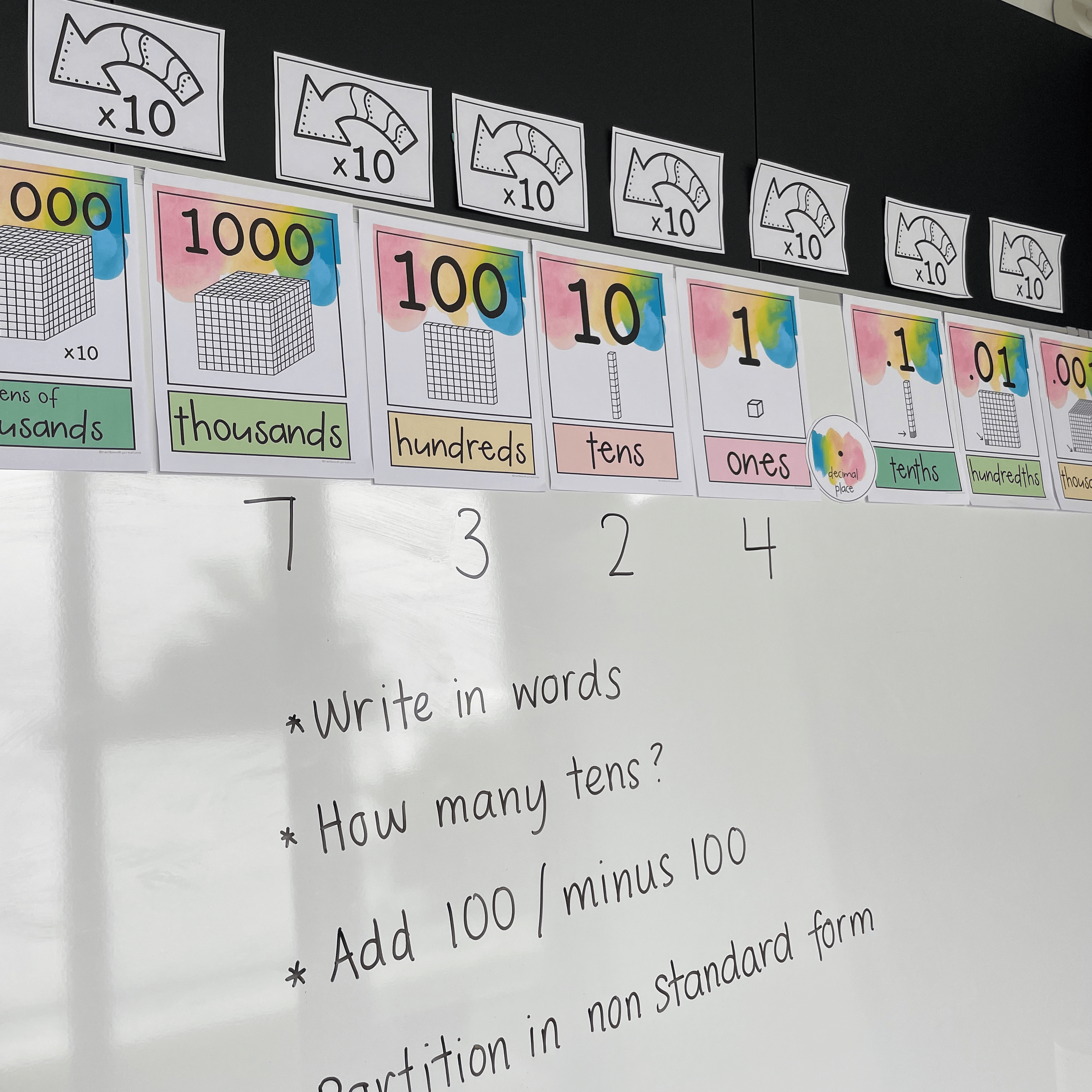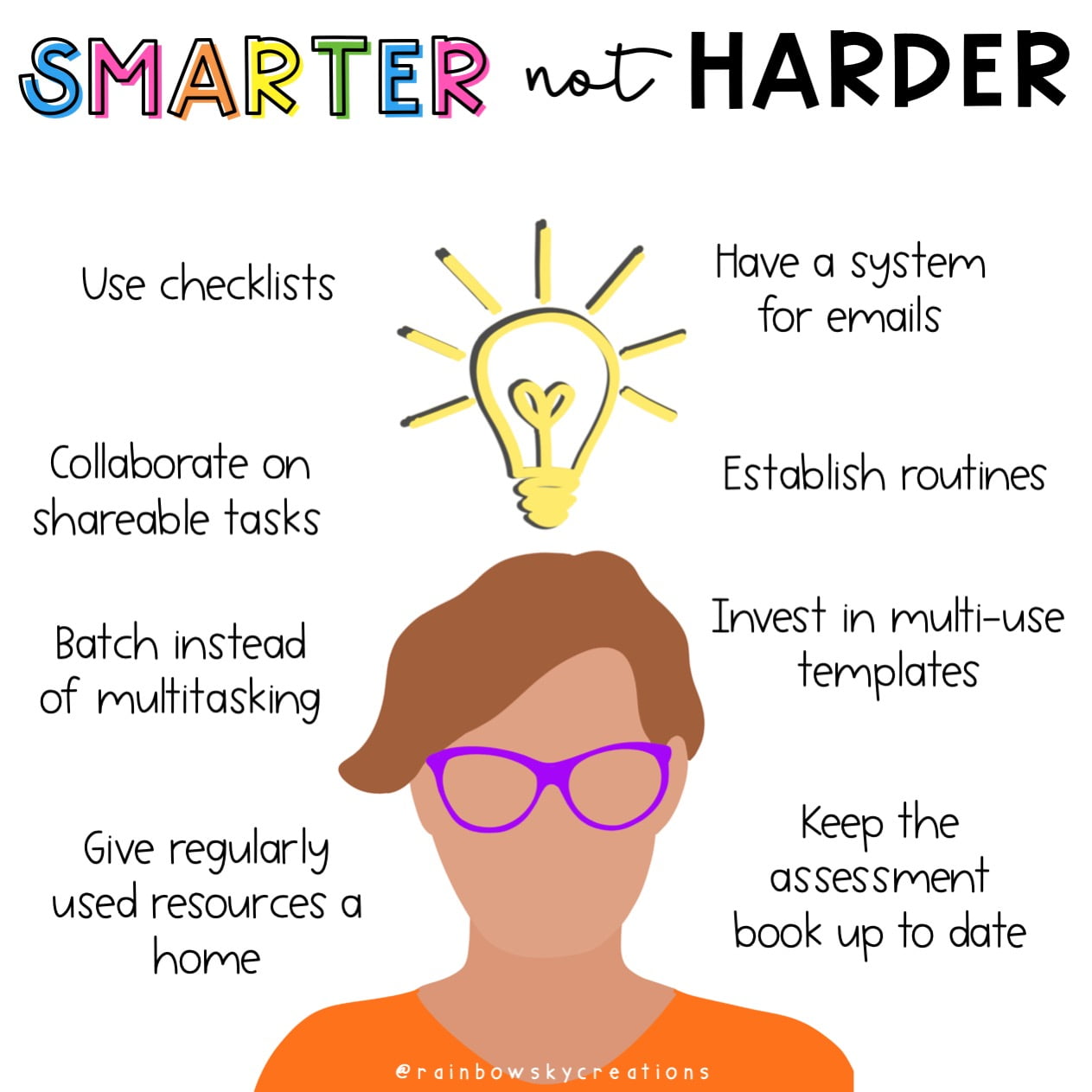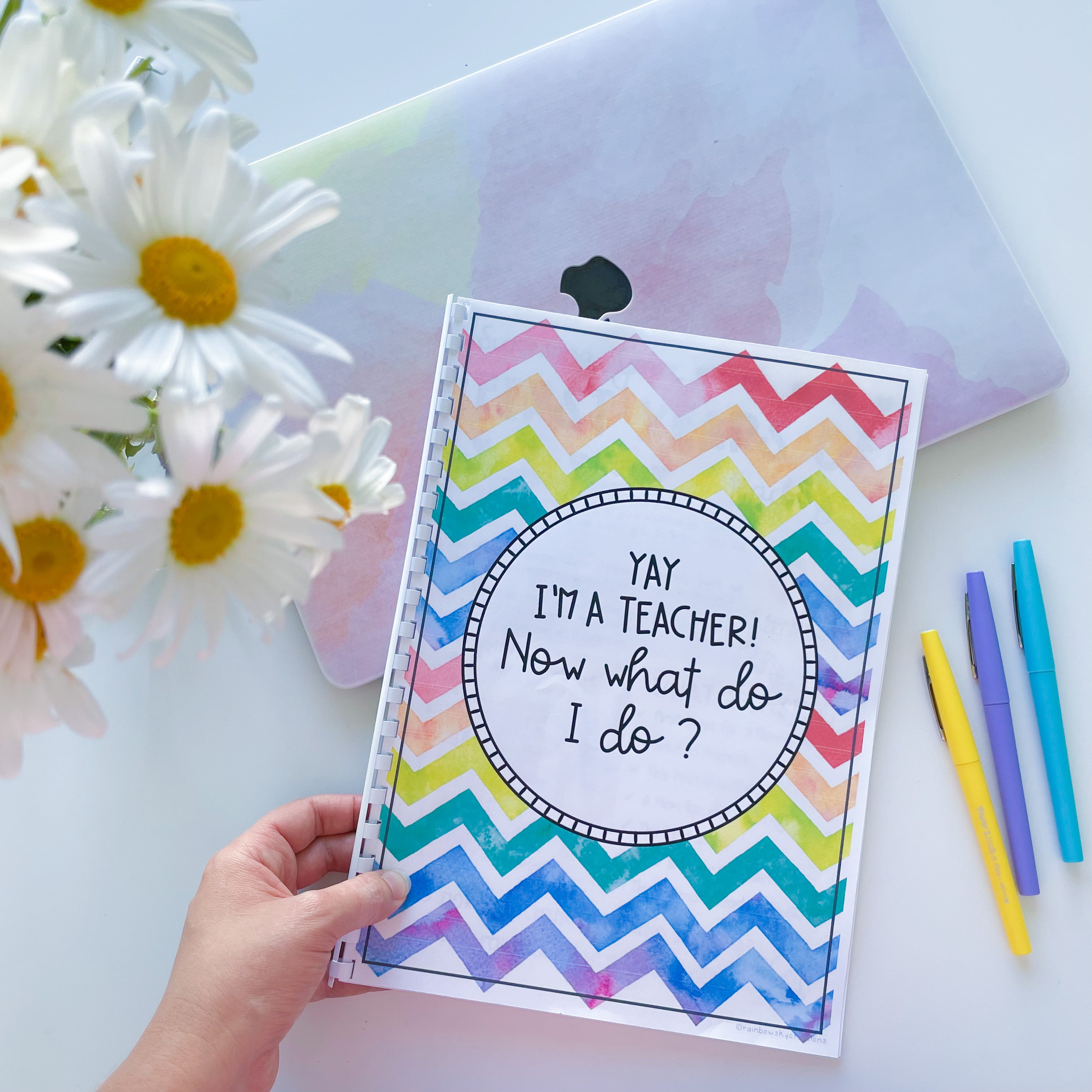Back when I started teaching, things were slightly different. Emails weren’t really a thing (I would have been lucky to get a few a week), neither was Pinterest and classroom themes, let alone Instagram. My first classroom had 3 chunky desktops at the back of the room for my students to share, and I used an overhead projector!!!
Even though it was different, some things were still the same – the workload, the overwhelm, the constant feeling of being time poor! All of this led to the biggest mistake I made as a new teacher (and I know I’m not alone)…
I overcomplicated things.
Even without all the bells and whistles of 2022, I fell deep into the trap of making my classroom systems, lessons, assessment and data collection more complicated than it needed to be. With all the extra noise of social media, teacher memberships and search engines these days, it is even easier to fall into the vortex of over-complication!
But I will let you in on a little secret – simplicity is your key to success as a teacher. Keeping it simple will save you time and heartache in the long run.

So what changes have I made to simplify my teacher life?
Problem: I had a million class jobs that needed to be changed every term, and it was impossible to keep track of who was supposed to be doing what
Simplified Solution: In my second year, I introduced PA of the Day. It is a rewards and jobs system all rolled into one. Each day, I chose 1-2 students to be my ‘PA’ (personal assistant), and they do everything for the entire day. The following day I chose someone who has worked hard to be the PA and so on.
Read more about PA of the Day and how it works here.
Problem: I had notes from staff meetings and professional development here, there and everywhere. There were ideas I noted down that were lost forever, and sometimes it was hard to go back and find things I needed.
Simplified Solution: I set up a place for all my professional development notes, so it was all together in one place. As a BONUS, it was super easy to go and log my professional development at one time because I had everything in a central location. Since then, we have created our Professional Development Diary, which does the same job but in a prettier way!
Problem: Every morning, students would arrive in the classroom, and thrust envelopes, letters, permission slips at me, and quite frankly, it was CHAOS!
Simplified Solution: I put a letterbox on my desk (a tub would also suffice) for anything the students needed to give me first thing in the morning. They bypassed me and went straight to the letterbox. Then I set up a culture of the student’s silent reading after entering the room. That freed me up to mark the roll and attend to any students that needed a little extra love that morning.
P.S Letterbox was $15.50 from Bunnings. Linked here.
Problem: Reading groups took so much time to plan every week and included at least half an hour explaining to the students all the activities before they would promptly forget. The classroom sounded like a zoo while I was trying to read with my small group.
Simplified Solution: I created a structure for reading groups that was the same every week. I started by running my groups without the reading component so students could learn the expectations. I chose activities that required no marking and stuck to 8-10 core tasks that I rotated each week (that way, students were always familiar with them). This process is where Rainbow Sky’s no-fail reading groups system came from, and since implementing it, I have never had another rowdy reading group. Learn more about our system here.
Problem: Equipment was never put away correctly, and it took hours of my time in the week to neaten the classroom.
Simplified Solution: I organised my shelves and cupboards, keeping only the things we used all the time. Then I took a photo and put it on the shelf or inside the cupboard door to remind students what my expectations were.

Problem: My data and assessments were all in a jumbled mess, and it took so much time to organise before I could start writing my reports (we had portfolios back in my first year of teaching too! They were A LOT of work!)
Simplified Solution: I made an assessment book to keep all my data. As soon as I marked an assessment, I recorded the data immediately. I also record ALL the data the same way as expected for reports (for example, if you work on an A-E system, translate it into an A-E scale instead of recording a score out of 10). Over the years, I have kept my data in the back of my planner and a separate assessment logbook. Do whatever suits you best.
Problem: Students were away and wanted a copy of missed work, or students lost a worksheet from the day before.
Simplified Solution: Make a few extra copies when you photocopy them and have one plastic folder or tub that you put all extras in for the term. It doesn’t need to be neat; it just needs to be something you or your students can get their hands on quickly. Additionally, if you know who is away, place their name on the top of the spare sheet as a reference.
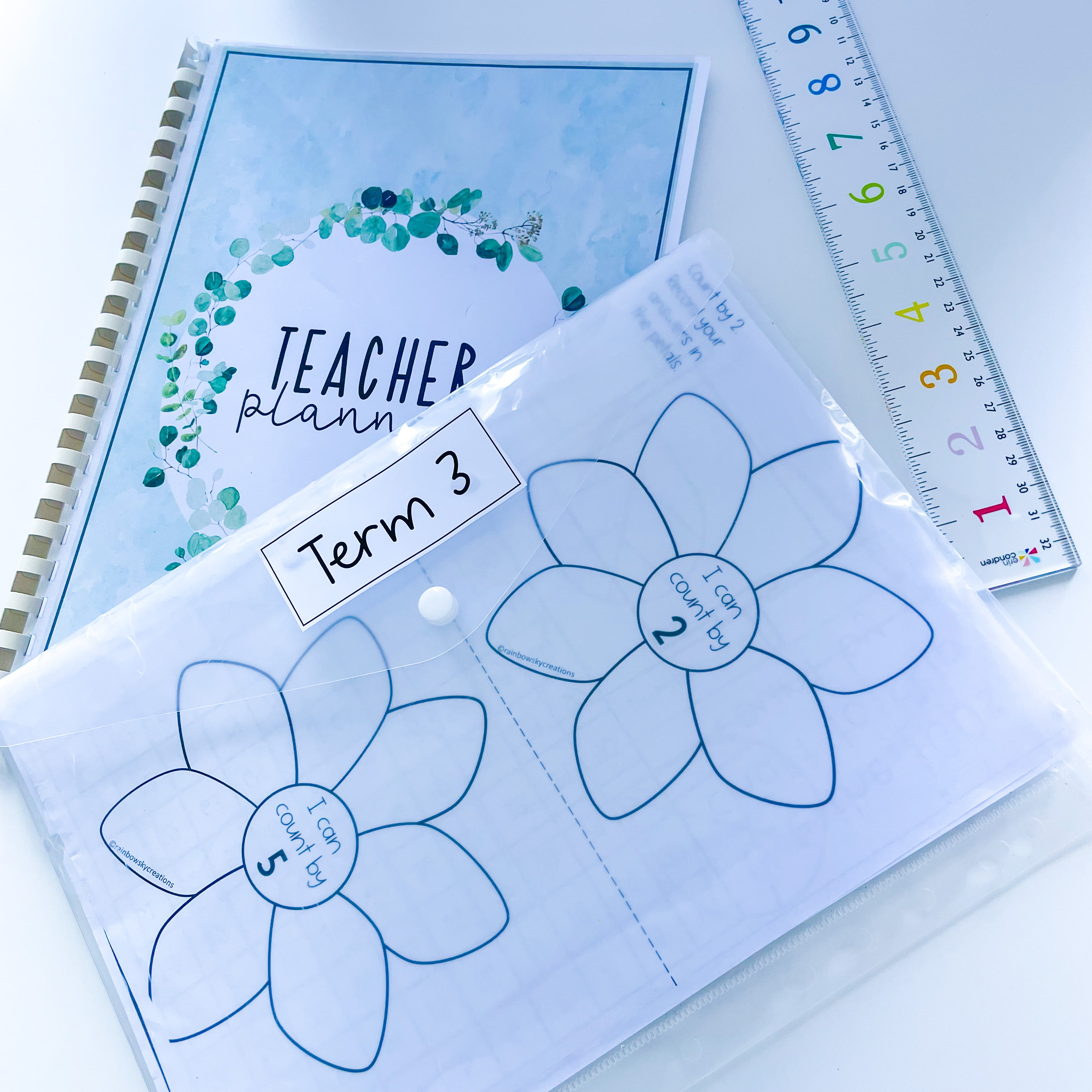
Problem: Student goals were written and then filed away, never to be seen or rechecked (yep – GUILTY!)
Simplified Solution: For a greater chance of success, goals need to be somewhere that students can constantly see (goals are a prime example of out of sight, out of mind). Instead of big, wafty goals, I ask students to create a mini-goal, write it on a sticky note and lastly place it on their desk name tag. That way they could also see what they were working towards. Plus, goals could be switched out super easily without needing to rely on a whole class ‘goal setting’ lesson.
Problem: Almost every maths lesson in my Grade 4 classroom, I drew up a place value chart. Sometimes they were so rough and scrappy (aka terrible modelling for my students).
Simplified Solution: I utilised the real estate above my whiteboard to create an interactive place value chart. The headings were there for students to see and all I needed to do was write numbers underneath to model how the number system works.
Problem: I was visiting the photocopier 3-4 times a day (and on Mondays waiting in a line because Mondays were always a busier time in the photocopier room).
Simplified Solution: Instead of photocopying things as I needed them, I marked a tray ‘photocopying’ – anything I needed to copy went in the tray with a sticky note on the front saying how many copies. Then, I batched all my copying during a quieter time (aka not Monday morning).
At the same time, I would offer to do photocopying for my classroom neighbour. When you set up little rituals like this, often the favour will be returned (and because you have your tray of things ready for copying, you will always have something to give them!)
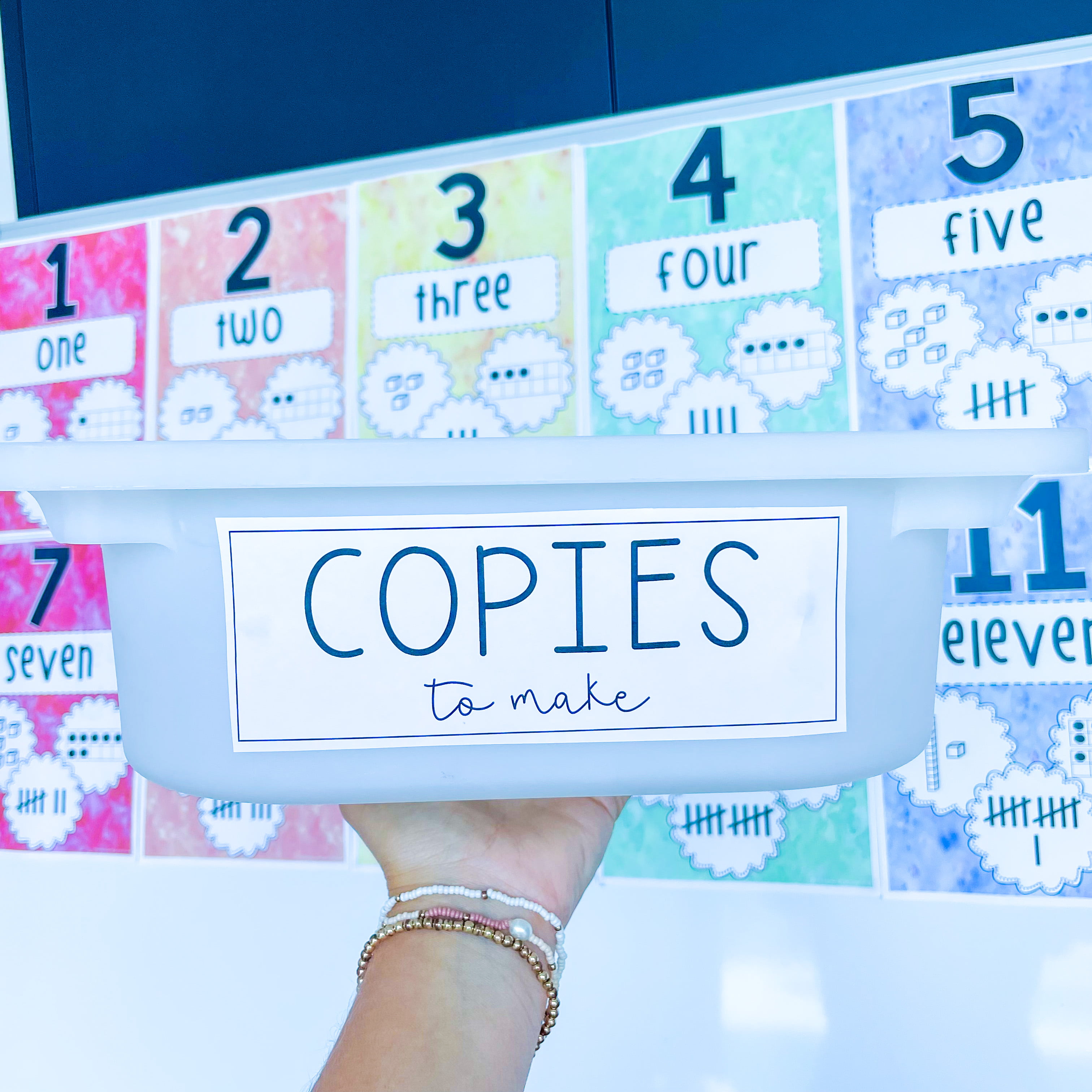
At the end of the day, there are millions of ways to work smarter and not harder as a teacher – that is where the teacher community steps in. Watch others, share your best tips and remember to keep things as simple as you can!
If you found this post helpful, you are going to LOVE our


